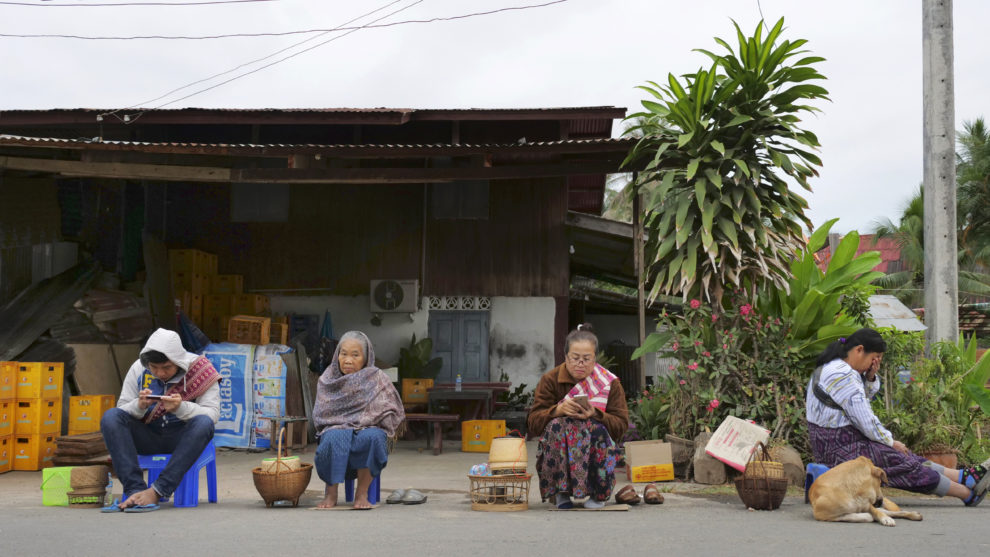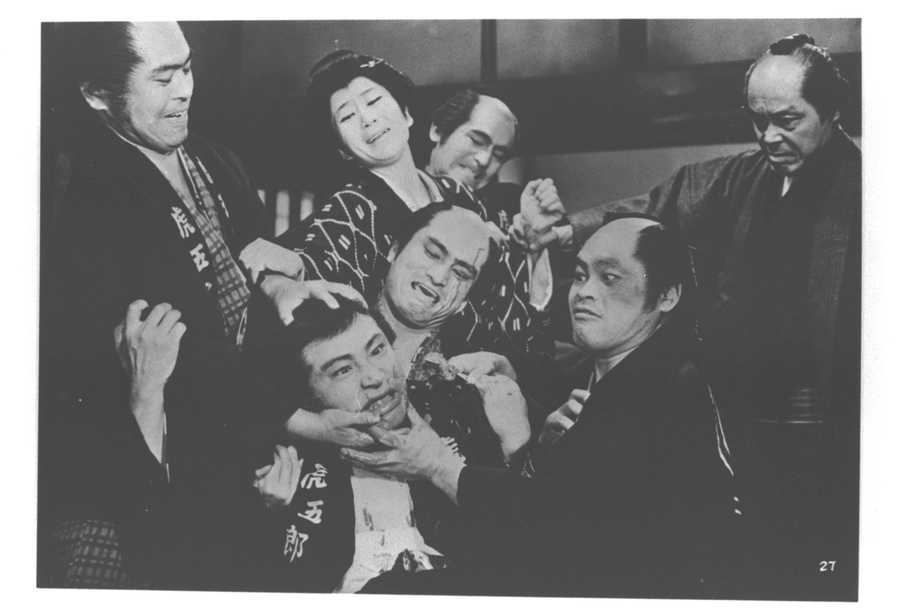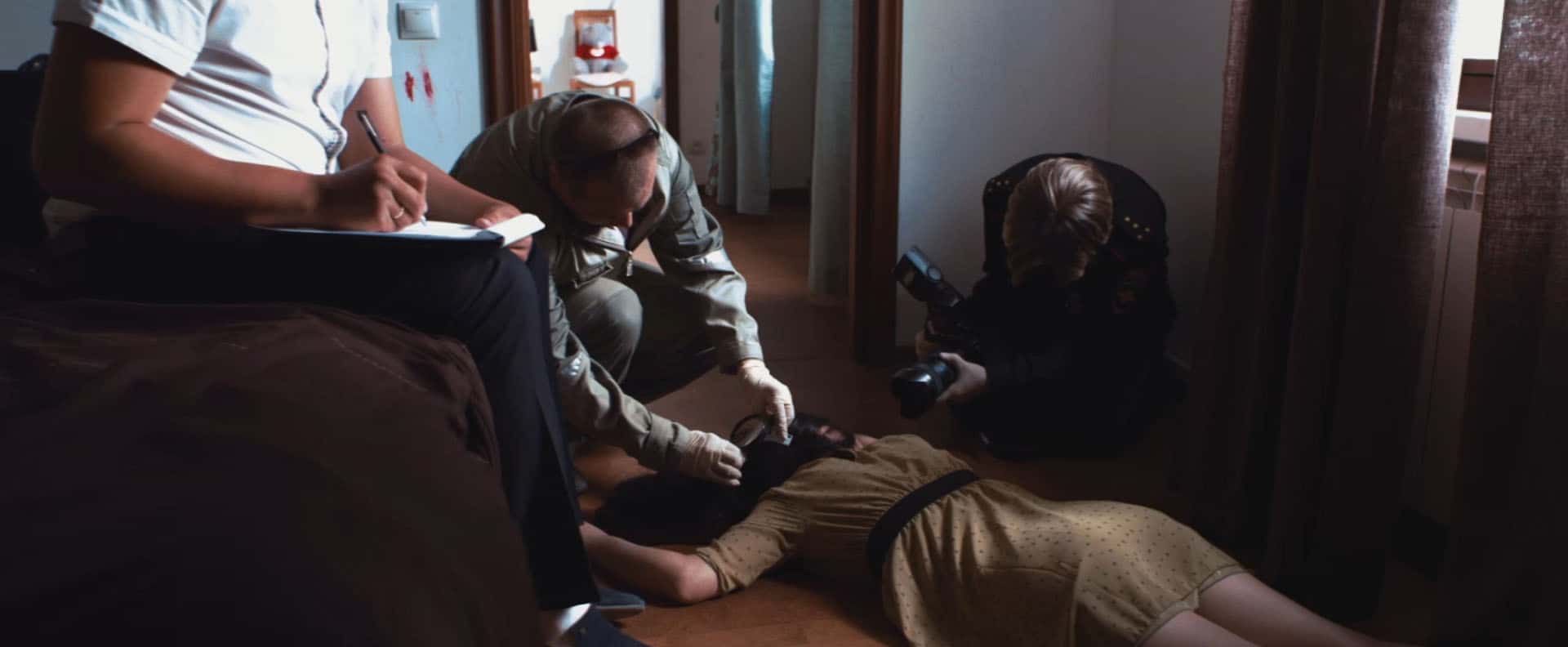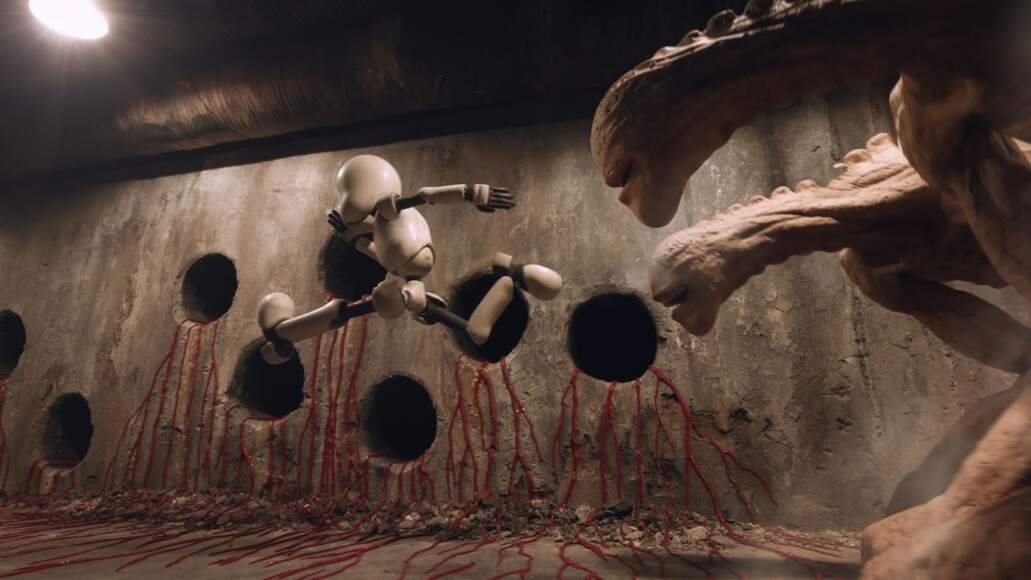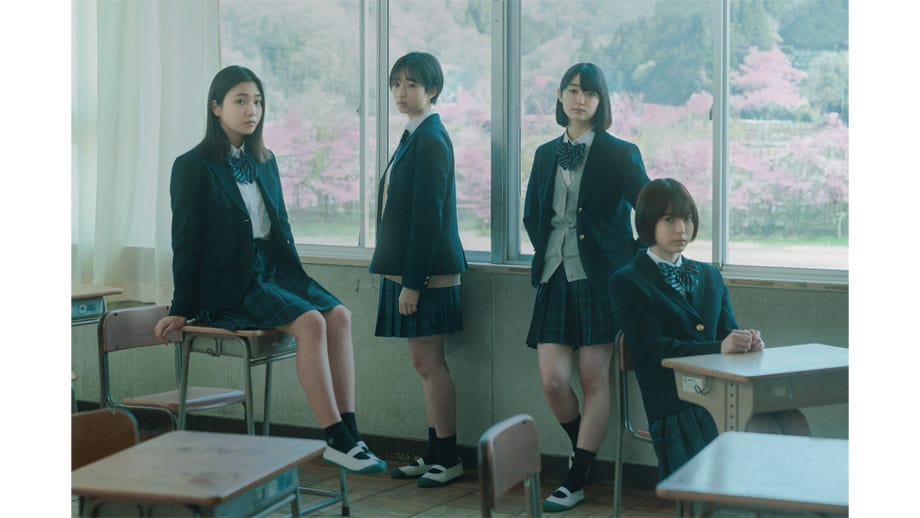Why do we make the effort to venture into the unknown, travel to far-off places, and explore the planet? Is it genuine curiosity about other cultures, plain conceit, or something else? How much of the surroundings of a Buddhist temple in Laos are a group of white, largely Christian visitors able to take in aside from the urge to post pictures on social media? The lives of visitors and local people brush past each other, the ones looking for the exotic, and the latter trying to get the best out of the situation.
Onlookers is screening at Slamdance
Just a week ago, inebriated British tourists savaged the Maitree Siriboon's “Kwai Calm,” a piece of art depicting an albino water buffalo, at the Bangkok Art Biennale and refused to apologize or pay any compensation for the damage caused. For visitors who want to say goodbye to the artwork, the sculpture's remains are left at the location; however there is a sour aftertaste. Without even acknowledging the damage caused by vandalism, the tourists have made it abundantly evident to the rest of the world that it is OK for first-world residents to commit crimes without facing consequences.
There are luckily no such despicable acts in Kimi Takesue's contemplative film “Onlookers” about travel. The ‘crimes' committed are of a completely different nature. In her strictly observational documentary, the director examines the phenomenon of mass tourism in Laos and the eternal role of observers we are performing without questioning it. But how deep is our gaze? What do we really see when we observe? With noses buried in smartphones, a modern globetrotter barely spares more than few minutes to take in the beauty of exotic places or artworks, a bitter consequence of compulsion to share and overshare images meant to create the false sense of perfection. Experiences get pixelized without being lived, and after being lived for a brief moment, the desire to return to the known kicks in. In one scene, we witness the paradox of backpackers spending their downtime watching popular television programs on repeat, while waiting for new entertainment to be served. “The homey feeling” belongs to a list of expectations, and living off of that one significant business, the hosts makes adjustments to meet the wants of tourists. The two worlds exist parallelly without any real contact.
Both for its strong connection between the visuals and the sound, and the non-judgmental observation of mass tourism, Takesue's documentary approach is comparable to Sergei Loznitsa's “Austerlitz” (2016) shot in the concentration camps at Dachau and Sachsenhausen. “Onlookers” comes up to its name in the appropriate empirical meaning: it is not interventional, not pro- or against what is going on in front of the lens. Few people are aware of the running camera, that more than often plays on symmetrically. Centered are the historical venues treated as a stage for the theatre of an experimental, unscripted play. One specifically selected exception to the rule is a young man with a big camera who takes his time to snap pictures of the temple from all angles while being well conscious of the film crew's lense pointed at him. The take is long, calculated smartly, flirting with the young man's awareness of being filmed. His inability to pretend to be unaware of the camera pointed at him has the feel of a video made specifically for Instagram – raw and vulnerable, thankful for given attention.
Visually strong, with the narrative completely built on moving images, and without as much as one single spoken or written comment, “Onlookers” motivates the viewers to ask themselves a question: why do we travel the way we do, with eyes wide shut? The film has its world premiere at Slamdance Film Festival in Park City, in the Breakouts Competition.


